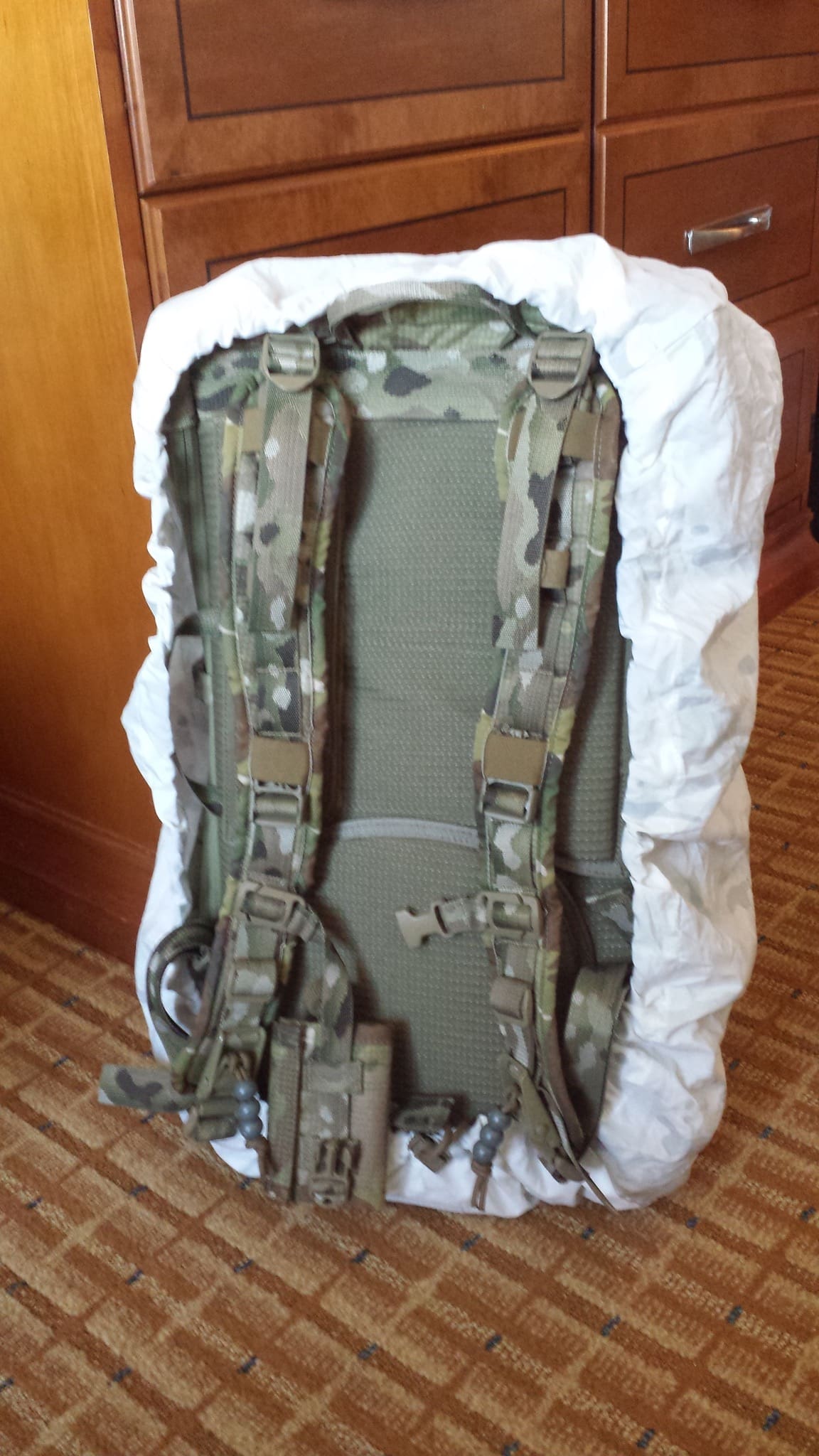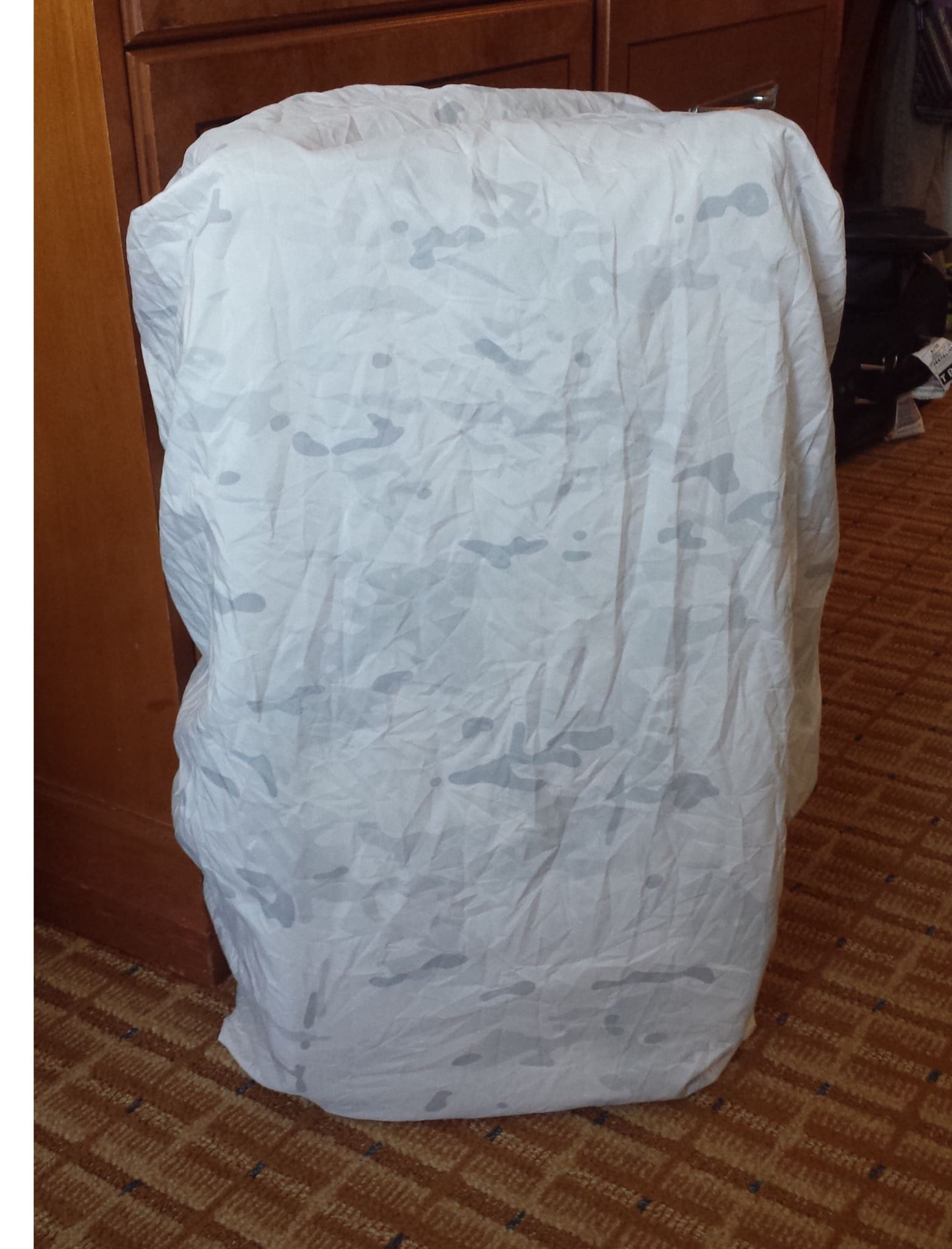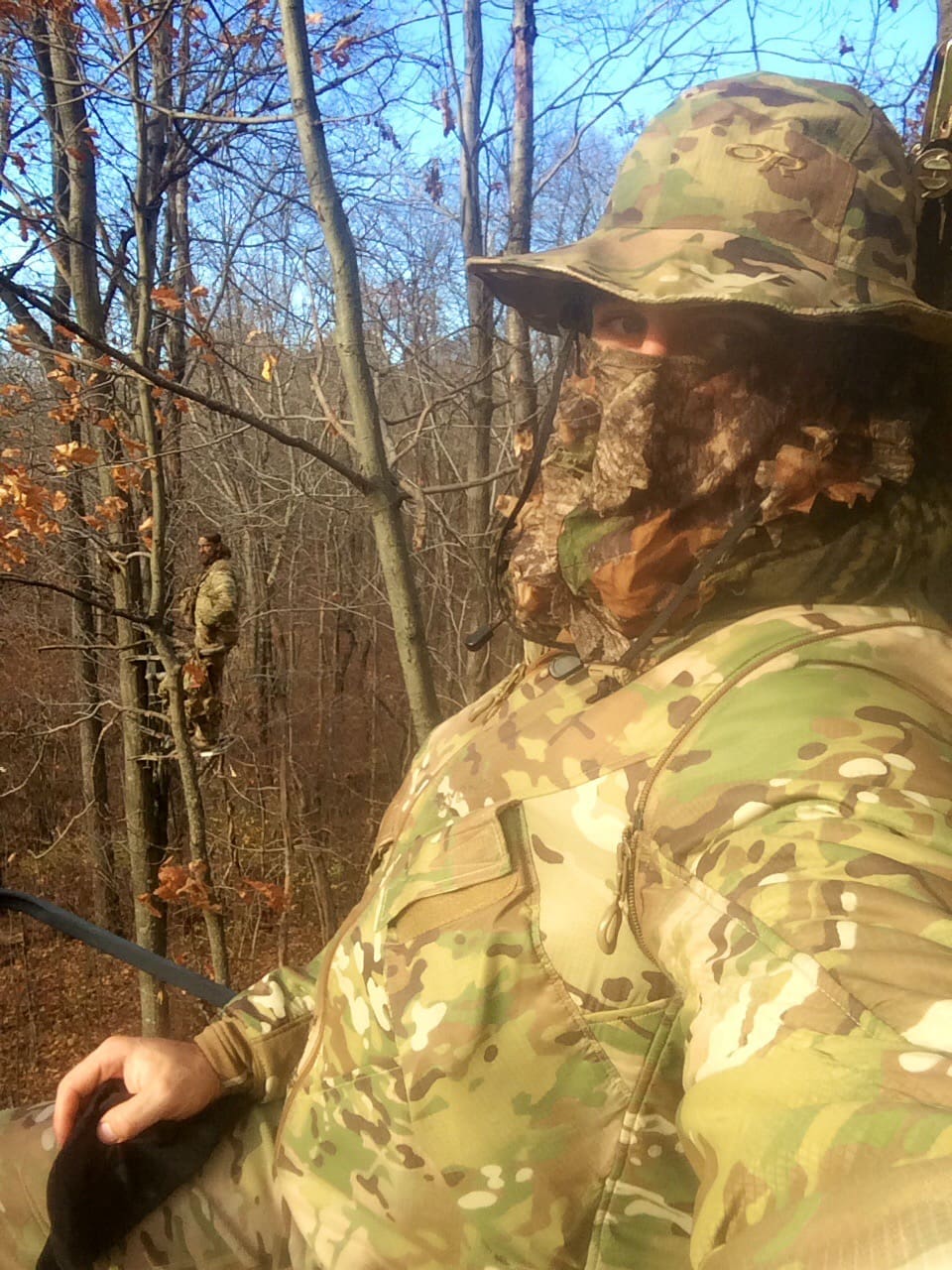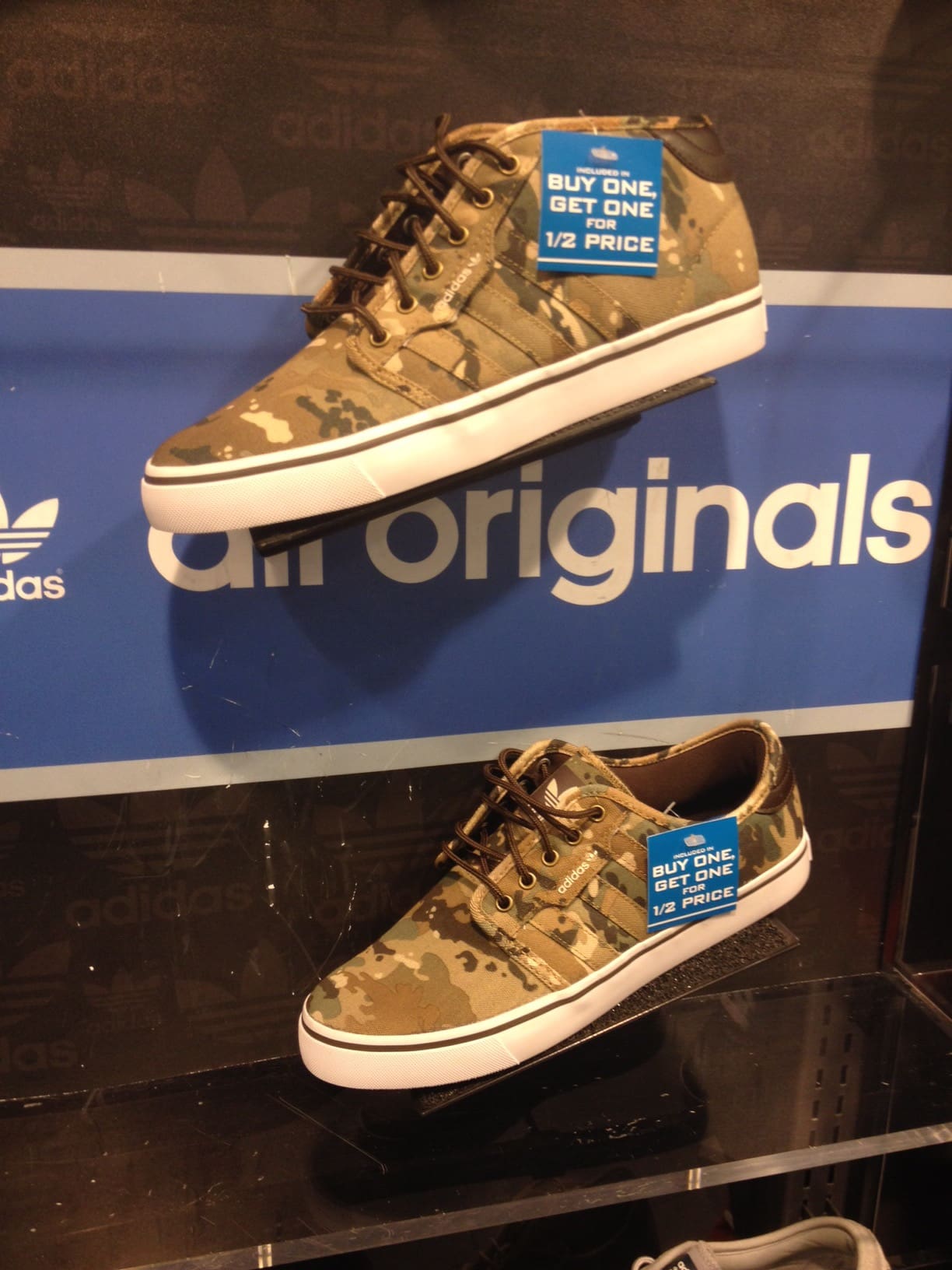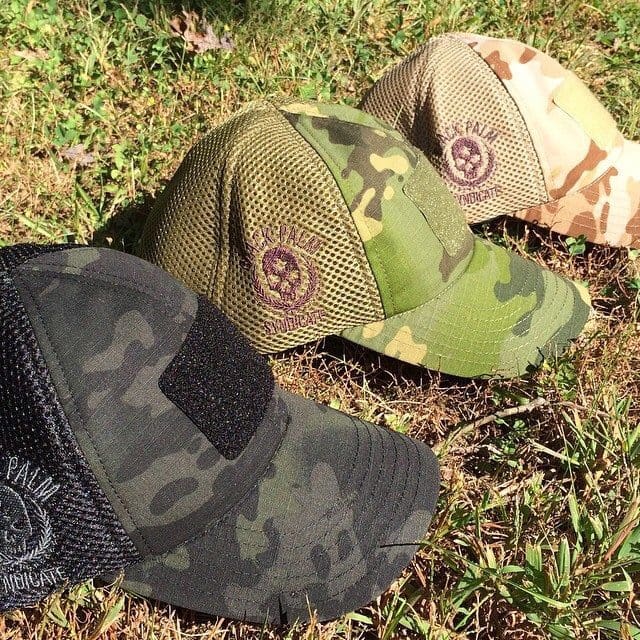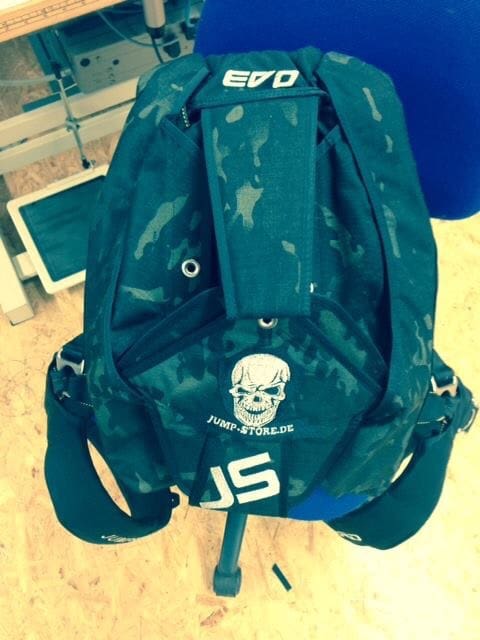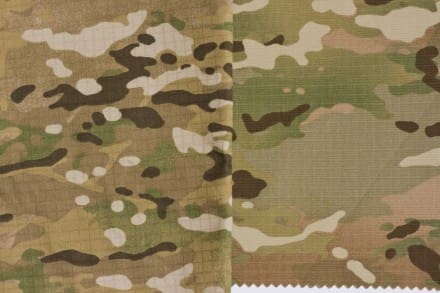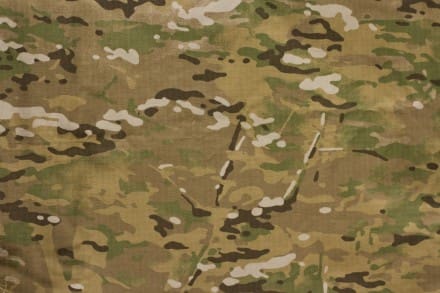The Temba Pack from CTOMS was designed for military assault climbers but is quite adaptable to a wide range of applications including use as a medical kit container. As you can see, the top loading basic pack has very clean lines with no snag hazards. A year in the making, Chris K has gone through seven iterations of the Temba to get here.
Constructed from a combination of MultiCam LiteLok with 4-way stretch Softshell side panels. The rear of the pack worn against the back is Drilux for comfort.
The top flap features a simple envelope style pocket with a removable daisy chain which can be accessed even with the zipper closed.
The top has a helmet retention fly feature, made from 4-way stretch.
The hooks for the removable helmet fly are inset on the lid in small garages.
It’s the little features that count. For instance, rather than using grommets, they’re using small burn holes for drainage.
The pack comes with three removable compression straps that can be used to really crank the load down within the pack.
The side pocket panel loading zippers along both sides incorporate backup split at SR Buckles. These side pockets also have hydration bladder hangers as well as a port hose.
The Temba pack gains its internal structure from strategically placed sheets of HDPE and foam along each side, at the rear and along the bottom. The foam panels in the side pockets can be used as a moldable splint. Additionally, if you pull the foam panels from the pack, they can be inserted into a sleeve that can be used as a rudimentary casualty insulator, or a sleeping pad. Since this sleeve is also a pocket, you can stuff leaves or pinestraw into it for additional insulation.
There are handles on all four edges of the back of the pack which also features the suspension. The pads are removable and can be replaced with a developmental pad sets that better accommodates the wearing of rear armor plates. There are also cable routing ports.
The bottom of the pack has a flat pocket that fits a new Sil Tarp for shelter building or other expedient uses.
One thing I love about the Temba is that you can remove the waist belt. It is padded and clips on, attaching at three separate points and can be released from any one of those points if you find yourself fouled in some way and need to jettison the pack. Additionally, the pack is configured to allow you to use a trouser or warbelt for the pack when used with Surface Mounted SR Buckles.
The shoulder straps, while simple to use, incorporate a lot of thought. To begin with, the removable sternum strap has a small, removable admin pouch with Velcro front.
The shoulder straps can be worn alone and are also compatible with CTOMS’ Pack to Armor Rapid Integration System which allows you to connect this pack directly to your armor carrier with quick donning and doffing capability. This really frees up the motion in your shoulders.
The entire inside of the Temba is Velcro compatible and will accept the pockets from CTOMS line of second line packs. Items such as the TRaCE kit will mount for easy access right to the top row of PALs webbing.
The Temba opens completely for full access to the contents. It opens so much that you can place a casualty into the bag and use it as a littler to extract a casualty by using the handles found inside both side pockets.
There are currently three piggyback panels available. The first is the Alpine panel which accepts a shovel, probe, crampons and two ice axes.
Next, is a PALS panel.
Finally, there’s an accessory pocket piggyback panel.
There’s also a pack cover in MultiCam Alpine pattern coming.
Update: here’s the cover.
Although CTOMS is a Canadian company, the Temba is Made in USA.
Learn more at www.ctoms.ca.
























